
Stalled Disruption: How "Messy" Workflows Are Protecting Human Jobs from AI
AI has demonstrated incredible progress in completing tasks once considered out of its league, such as passing tough postgraduate exams or producing work at a top-tier professional level. This astonishing ability poses an interesting paradox: if AI can manage such intricate tasks, why hasn’t it led to a massive wave of job replacements?
What This Article Covers
In the upcoming sections, we will delve into recent studies highlighting AI's difficulties with “messy” tasks, despite its proficiency in structured, linear processes. We’ll also explore real-life instances of job displacement, discuss timelines for wider disruptions, and offer practical advice on adjusting to a future led by AI.
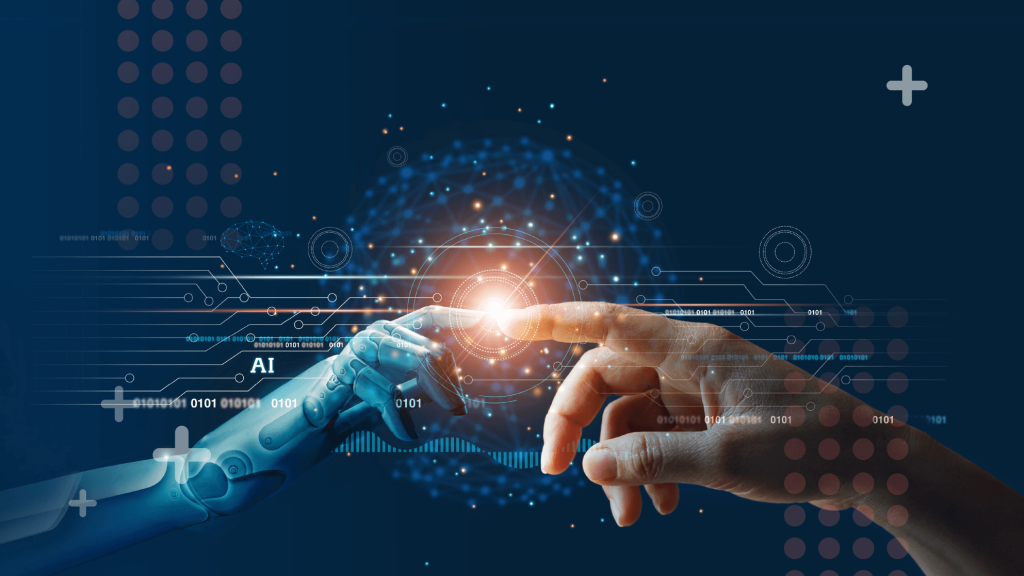
The AI Paradox: High Capability, Low Disruption
Artificial intelligence tools—particularly large language models (LLMs)—have shown an ability to perform sophisticated tasks that many experts once considered too complex for automation. From passing law-school entrance exams to generating human-like essays, these breakthroughs demonstrate an impressive capacity to mimic and sometimes outperform human performance in narrowly defined contexts.
Yet, despite this comprehensive proficiency, we do not witness a massive wave of unemployment in roles that involve similar levels of cognitive complexity. This discrepancy highlights a fundamental puzzle: if AI can tackle exams at an Ivy League level, why isn't it replacing more knowledge-intensive jobs at a faster rate?
Why the Disruption Stalls
One reason for this seemingly slow disruption is that AI’s current strengths often lie in structured, predictable tasks. While it can excel at providing well-formed answers to specific queries, it struggles with unstructured work that requires constant adaptation and real-time decision-making—a far cry from the tidy environments of standardized tests.
Moreover, “messy” responsibilities in many jobs involve context switching, ambiguity, and dynamic interaction with people. In these situations, AI’s lack of flexible reasoning becomes more apparent. Humans can rely on emotional intelligence, implicit knowledge, and reading social cues—skills that remain challenging for even the most advanced models.
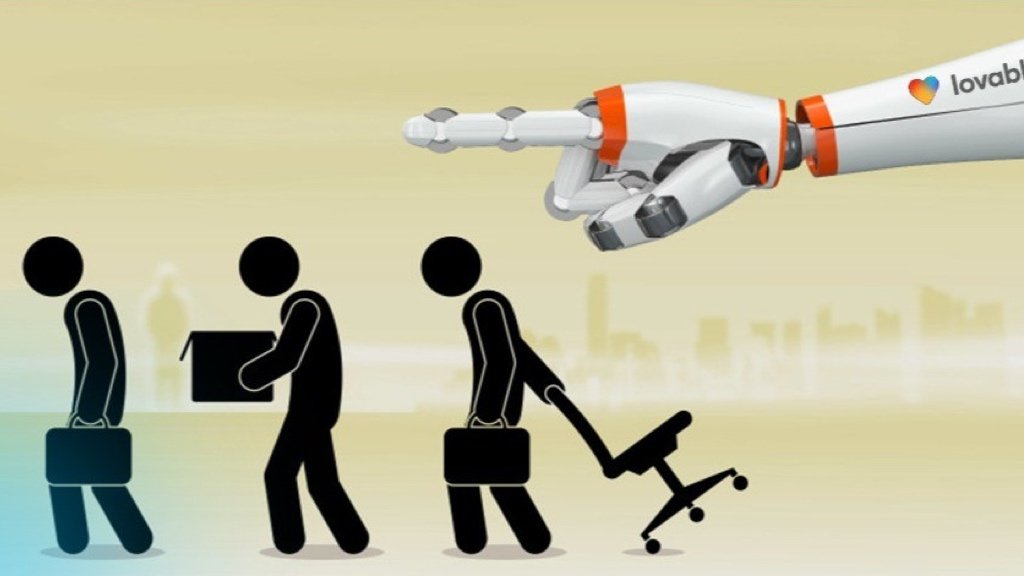
Impact on Ground: Who’s (Truly) Feeling the Squeeze?
Declining Jobs for Writers and Developers
Recent employment data uncovers an unexpected turn: rather than the usual office roles like travel agents or bookkeeping clerks being affected, it’s writers and software developers who appear most impacted. Industry snapshots indicate decreasing job numbers for these occupations, diverging significantly from their typical growth patterns in recent years.
One explanation is that writing and coding can be segmented into structured, distinct tasks that AI manages with great proficiency - whether it's drafting product descriptions or debugging code lines. For freelancers or contractors in these sectors, businesses can seamlessly substitute human labor with AI tools without extensive bureaucratic obstacles.
Why Them?
These roles align so closely with AI’s inherent strengths—linear, goal-oriented workflows - that entire projects can be automated from start to finish. A marketing agency needing quick copy, or a startup requiring repetitive coding, may realize immediate cost-saving advantages by transitioning to AI-driven solutions.
Additionally, high rates of freelancing in writing and coding intensify this trend. If an organization can pay per project rather than keep a salaried position, replacing with AI is a relatively low-risk decision, leading to a quicker shift than in more established, full-time roles.
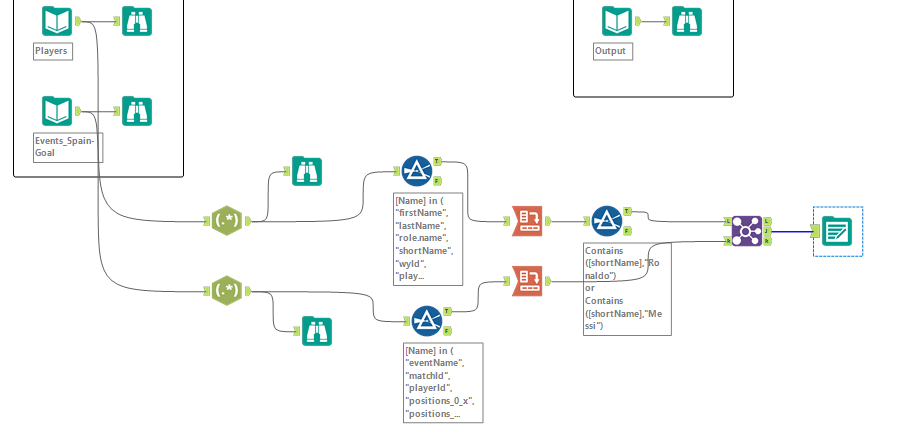
The Protective Power of ‘Messiness’
Despite the impressive capabilities of modern AI, many of its breakthroughs rely on predictable input-output relationships. In reality, human jobs frequently involve unstructured workflows characterized by shifting contexts, ambiguous goals, and unpredictable interactions.
While an LLM can easily draft a memo or respond to a standard query, it often struggles with multifaceted reasoning - juggling rapid updates, empathizing with end users, and making judgment calls on the fly.
Take, for instance, an executive assistant scheduling last-minute meetings with stakeholders in different time zones. Coordinating these moving parts requires interpreting vague or conflicting preferences, resolving unforeseen scheduling conflicts, and reading subtle social cues. E
ach of these tasks demands a level of adaptability that cutting-edge AI, for all its computational horsepower, is still learning to master. Until models can thrive amid these messy, human-centric nuances, human labor remains the linchpin in roles that prioritize agility.
Case Study Example 1: Admin Work in Healthcare
An emerging AI startup deployed a model to handle patient inquiries at a large healthcare network. The system excelled at providing scripted responses on insurance coverage and appointment availability - until patients deviated from the expected questions, adding personal details about symptoms or emotional concerns. Because the
AI was not designed to handle compassionate dialog or triage more complex cases, calls were frequently escalated back to human agents. This outcome underscores how unstructured, back-and-forth communication reveals AI’s current limitations in real-world contexts.
Case Study Example 2: Cross-Department Coordination
Meanwhile, a multinational logistics firm tested a chatbot to manage inter-departmental shipping requests. Although the bot could generate routine shipping labels and track deliveries, issues arose when it had to negotiate priority changes or integrate last-minute legal documents from separate teams.
In these scenarios, managers needed to step in and clarify ambiguous goals - something the AI could not do on its own. The pilot ended with a hybrid workflow: humans handled all unexpected escalations and strategic decisions, while the bot continued to perform well-defined tasks like updating status fields and emailing automated confirmations.
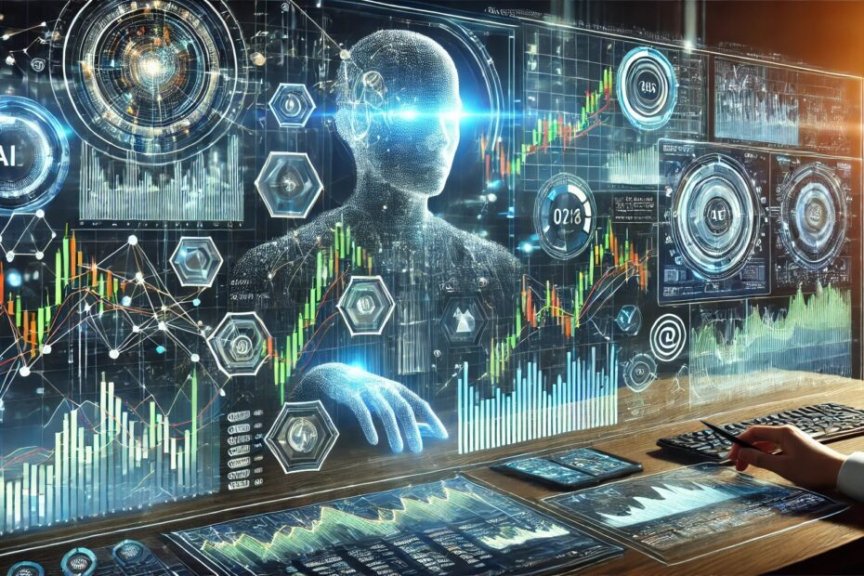
The Timeline: How Soon Before Wider Changes Happen?
While today's AI models may face challenges with unpredictable or multiple tasks scenarios, they're getting better quickly. Recent improvements in reinforcement learning and context-aware designs hint at a path where AI could soon take on tasks we thought were out of reach.
As research teams develop more flexible systems—capable of handling multiple goals and adapting quickly—current limits might be replaced by new systems that manage a wider range of real-world challenges.
Experts warn that this growth should not be underestimated. Each step forward has historically been faster and more expansive than expected by many in the industry. From better understanding of language to more effective decision-making, AI's progress multiplies: as it improves, it speeds up further advancements. This means roles protected by complex processes could soon be at risk.
Looking Back and Predicting the Future
Examining earlier automation trends offers insight. When machines first revolutionized industries in the 19th and early 20th centuries, adaptation took decades, not years.
However, the digital revolution moved much faster, transforming fields like manufacturing, customer service, and finance in just one generation. Many experts believe AI is a similar disruptive force—potentially changing white-collar work at a much faster rate than past changes.
Meanwhile, futurists debate the timeline, with some foreseeing a slow integration and others predicting a rapid shift once key technical barriers are overcome.
In any scenario, stronger collaboration between AI creators, economists, and government leaders will be crucial to prepare society and actively shape the next major shift in the job market.
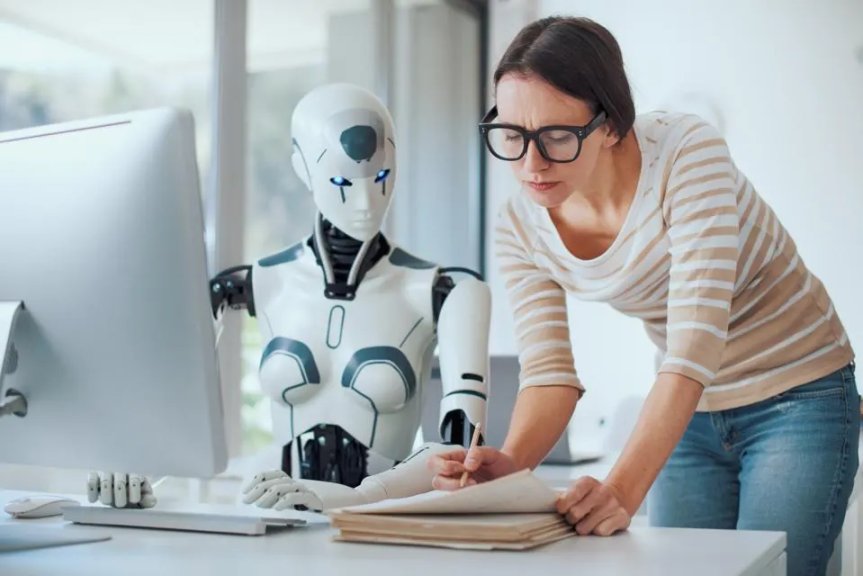
Embracing an AI-Powered Tomorrow
As AI begins to tackle tasks once considered untouchable, the shrewdest approach for professionals is to develop complementary skills. Creativity, empathy, and domain expertise become particularly crucial, as these traits still lie beyond the reach of most AI capabilities.
Discover Complementary Skill Sets
For example, a marketing expert who can use AI to draft content while incorporating personalized narratives will remain sought after. Similarly, a project manager adept at interpreting vague objectives, managing stakeholder relationships, and blending human inputs can leverage AI’s efficiencies without being overtaken by it.
Furthermore, as generative models and machine learning systems advance, a new realm of AI-centric careers opens up. Roles like prompt engineering, model supervision, and ethical assessment underscore how human judgment continues to support responsible and effective AI deployment.
Concentrate on Sophisticated, Value-Added Roles
Instead of waiting for technology to advance, employees can proactively shift towards duties that require holistic thinking, interpersonal skills, or strategic planning – domains where AI often lags. For instance, those who learn to interpret AI results with critical insight and tailor them for nuanced audiences deliver unmatched value compared to those with roles purely rooted in linear tasks.
Equally, organizational leaders should look beyond mere cost reduction. Investing in upskilling teams, nurturing an innovation mindset, and actively monitoring AI developments can prevent a company from being caught off guard. By creating settings where human and AI collaboration thrives, businesses can evolve in tandem with the technology without significant disruptions.

Generative AI’s impressive ability to produce high-level work on demand has not yet unleashed the massive job disruptions many feared. Instead, these new technologies show their greatest impact where tasks are linear and predictable, such as writing and coding.
Meanwhile, roles that revolve around unstructured, unpredictable workflows - coordinating multiple parties, handling nuanced conversations, and adapting to fluid requirements - still hold firm against the AI incursion.
However, as model architectures become more sophisticated, and as researchers refine techniques to help AI manage complex inputs, today’s safe havens may not remain so for long. The so-called “messiness” that protects these roles today could prove only a temporary shield against the advancing capabilities of machine intelligence.
Looking Ahead
Ultimately, adapting to AI means embracing a hybrid future. Workers and organizations that skillfully integrate AI tools into their workflows, while cultivating human-centric expertise such as empathy, creative thinking, and strategic judgment, will be best positioned for success.
Rather than an outright replacement, AI offers a collaborative partnership that can lift productivity - but only for those prepared to capitalize on its strengths while mitigating its weaknesses.